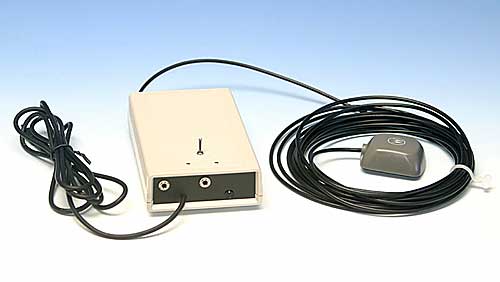|
Measuring Clocks and Watches
GPS Reference Receiver Pros
Cons
The new standard of reference for clock measurement is the GPS receiver. Some of these receivers will output a precision time signal once a second. The accuracy of this signal is commonly about one microsecond, but this microsecond is very different from the microsecond accuracy of a quartz oscillator. The GPS reference signal is always within one microsecond of perfect time. It doesn’t drift. A reference pulse today is within one microsecond of perfect, and a reference pulse next week is also within one microsecond of perfect. With a quartz timebase, any error is cumulative. If it’s off by a second this week it will probably be off by two seconds next week. Furthermore, if you lose the GPS reference signal during a power outage, it always comes back in exactly the same phase relationship with the pendulum your measuring as it had before the power interruption. This means that measurements of a precision pendulum can be interrupted and continue with no loss of accuracy. Finally, there’s a whole community of technicians using and monitoring the GPS system. You need not worry that your reference will drift or be out of spec, because there’s a huge industry making sure your reference is accurate. The one inconvenience with GPS receivers is that they may require an outdoor antenna to get a reliable signal from the satellites. The following picture shows a GPS Reference module that we make for precision timing.
---- Page 5 ----
|
